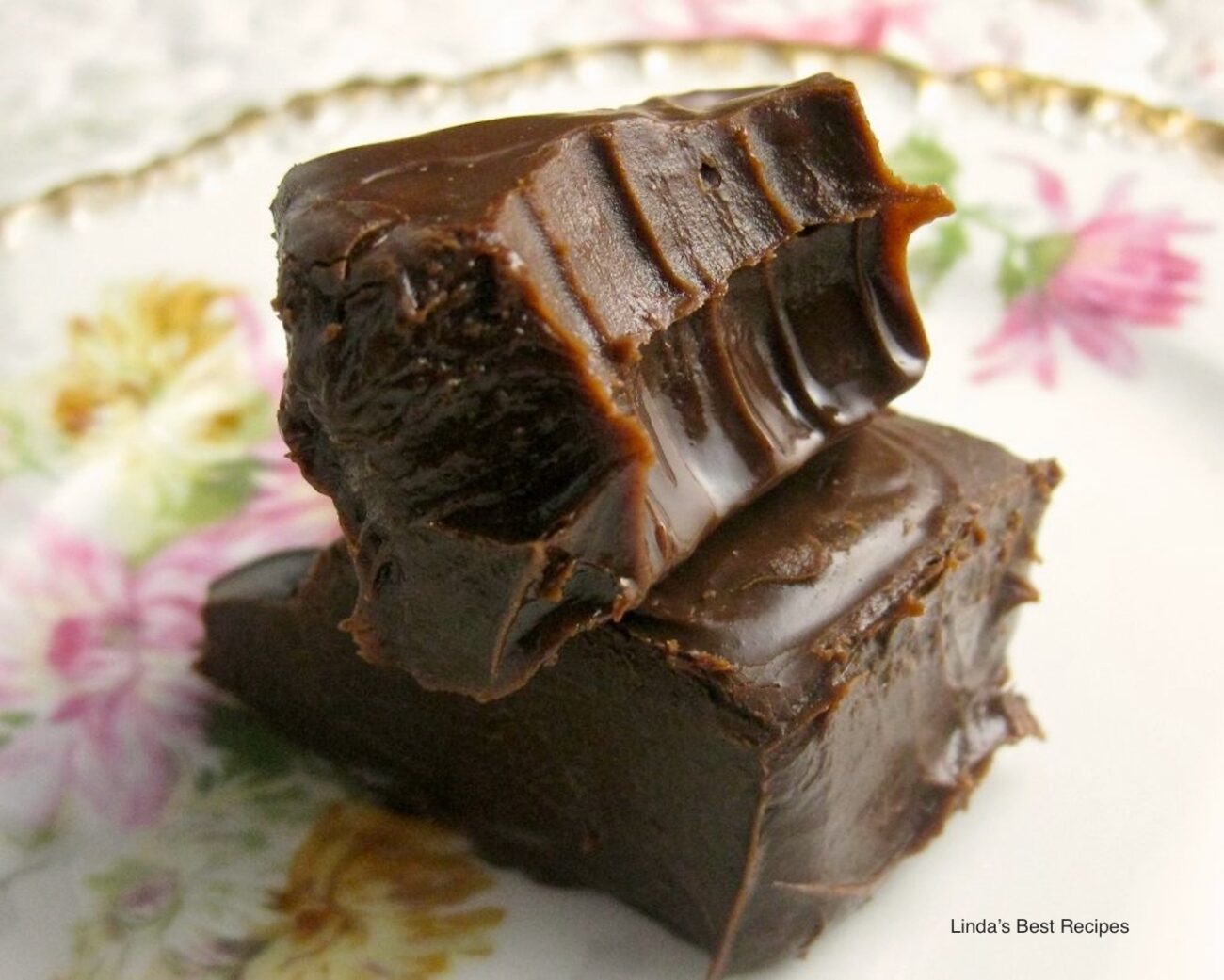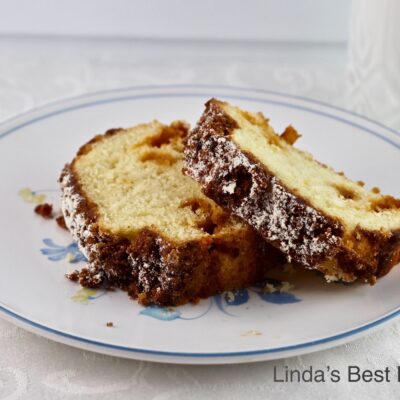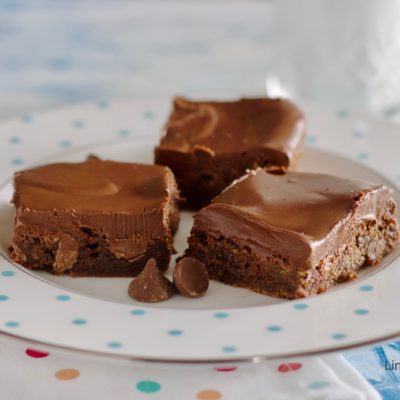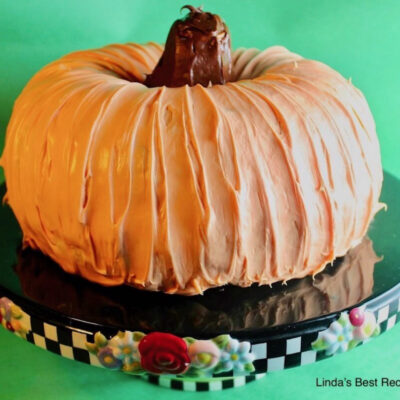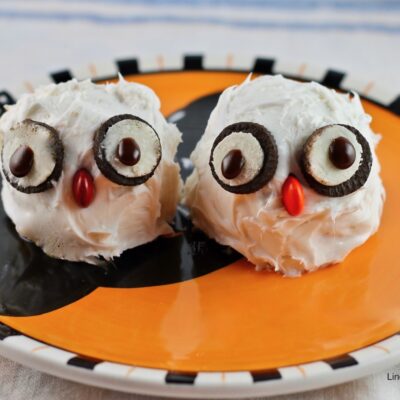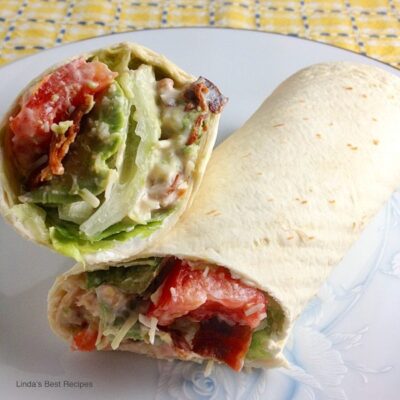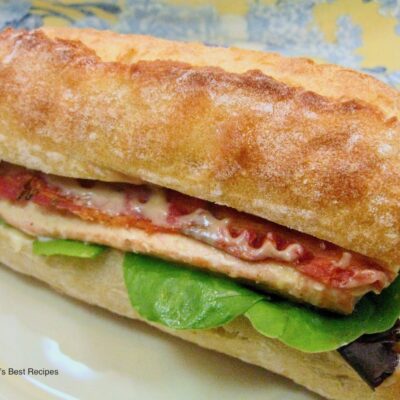About This Recipe
As a chocoholic, I have tried many, many fudge recipes over the years. There is super quick fudge, which you make by melting together chocolate chips and sweetened condensed milk. There is Million Dollar Fudge, which is made by boiling sugar and milk, then adding chocolate chips and marshmallow creme. But this – this – is the recipe for the best fudge in the world.
And then there is this scratch recipe, for the best fudge in the world, that is cooked to (just below) the soft ball stage. This is the most difficult of all fudge recipes, but it’s the best simply because it is made in the traditional way.
When sugar and milk are boiled together, the sugar first dissolves, then it concentrates. Water from the milk evaporates, which brings the sugar percentage up to some crucial points. At “soft ball stage,” which is about 236°F, the sugar concentration will turn the mixture into a soft solid when it cools.
Most recipes call for cooking the mixture to 238°F, which I think is too high. I want fudge to be firm enough to pick up, but soft enough so it dissolves almost immediately in your mouth, leaving behind a slight graininess. I cook my fudge to 234°F. That makes a softer fudge, and you do have to beat it for a longer time period after the mixture cools. But the result is so worth it.
You do need a candy thermometer for this recipe. And make sure it’s accurate. Put the probe into boiling water; it should measure 212°F. If it doesn’t, you’ll have to keep track and adjust the temperature reading accordingly.
By the way, for the most decadent treat in the world, put this fudge on top of a brownie! (Cut the brownie recipe in half and make it in an 8″ square pan.)
Tips for The Best Fudge in the World:
- It’s crucial that you monitor the temperature of the fudge as it approaches 234°F. It will seem like it never gets there, but keep testing. All of a sudden the temperature will jump.
- I find that using the water test along with the thermometer test is very helpful for the most accurate results. Drop a bit of the fudge into cold water and let it stand for a minute or two. Pick up the fudge ball; it should be firm enough to pick up but soft enough to be very malleable.
- It’s so important to not stir the mixture as it boils, and especially do not move it while the fudge is cooling. Moving it at this point will cause large sugar crystals to form and your fudge will be grainy. While the fudge cools small crystals are forming. Moving the fudge will make those crystals too big.
- When you are beating the fudge, it’s helpful to have more than one person working. Your arm can get pretty tired beating for 10 to 15 minutes, which is how long it might take.
- Do not scrape the sides of the pan when the fudge is done; that area may have sugar crystals. (You get to eat that part!)
- The fudge will set up very quickly when it starts to look a bit dull and lighter in color. You have to work fast at that point, so have the greased pan ready.
Why this recipe works:
- The long slow cooking time concentrates the sugar to just the right amount to form the perfect fudge. Fudge should be silky, but with the slightest bit of graininess that resists the tooth.
- Beating the fudge adds air and also forces the sugar crystals into a pattern that helps the fudge set. You want small crystals so the fudge has a creamy texture.
- The liquid in the cooled syrup interferes with sugar crystal formation so the crystals stay small.
Steps
|
1
Done
|
In a large, heavy, and deep saucepan, combine the sugar, milk, light cream, cocoa powder, and salt and mix well with a wire whisk. |
|
2
Done
|
Place the saucepan over medium high heat and bring to a boil, stirring often with the whisk. |
|
3
Done
|
When the mixture boils, cover the pan for a couple of minutes. This will let the steam wash down the sides of the pan and will eliminate sugar crystals. |
|
4
Done
|
Now is the time to stop stirring. Uncover the pan, clip the candy thermometer to the side, making sure the probe is in the boiling mixture and not touching the sides or bottom of the pan. Reduce the heat to low and cook. |
|
5
Done
|
When the temperature gets close to 230°F, start watching it carefully; still do not stir. When the temperature reaches 234°F, remove the pan from the heat and put it on a trivet. |
|
6
Done
|
Drop the butter into the mixture and do NOT stir it. Do not move the pan at all. If it is moved, it will disturb the sugar solution and crystals will form. |
|
7
Done
|
Let the mixture cool, undisturbed, until it reaches 110°F. The pan will be warm to the touch at this point. |
|
8
Done
|
Add the vanilla. Then start beating with a spoon. This will take some time, and you should have helpers since your arm will get tired. |
|
9
Done
|
The fudge is ready when it starts to look less glossy and starts to thicken. Immediately pour the fudge into a 9" square pan coated with unsalted butter. Let stand until firm and cut into squares. |

